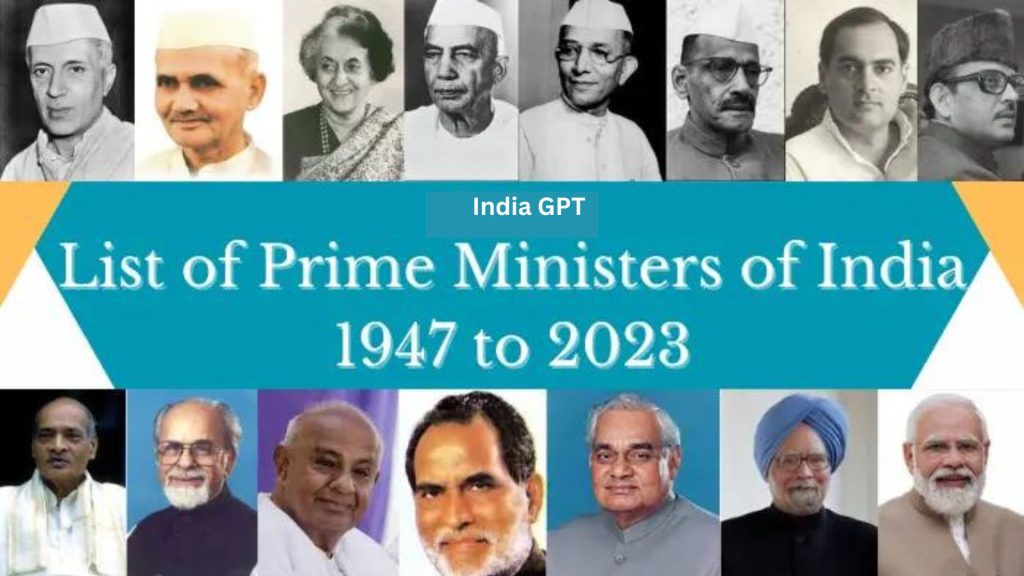The Indian Constitution controls the procedure of appointing the Prime Minister. The Prime Minister of India is appointed by the President of India after general elections, which are conducted every five years. The leader of the political party or connection that wins a majority of seats in the Lok Sabha, the lower house of Parliament, is usually invited to take on this responsibility.
If no single party wins a majority, the President may ask the leader of the largest post-election alliance to form the government. This leader must then seek and win a vote of trust from the Lok Sabha to maintain their majority and remain in government.
Narendra Modi, born on September 17, 1950, in Vadnagar, Gujarat, is the present Prime Minister of India, who took office on May 26, 2014.
Here is a Table of All The Prime Ministers of India list from (1947 to 2024)
| No. | Name | Term Start | Term End |
| 1 | Jawaharlal Nehru | 15 August 1947 | 27 May 1964 |
| 2 | Gulzarilal Nanda (Acting) | 27 May 1964 | 9 June 1964 |
| 3 | Lal Bahadur Shastri | 9 June 1964 | 11 January 1966 |
| 4 | Gulzarilal Nanda (Acting) | 11 January 1966 | 24 January 1966 |
| 5 | Indira Gandhi | 24 January 1966 | 24 March 1977 |
| 6 | Morarji Desai | 24 March 1977 | 28 July 1979 |
| 7 | Charan Singh | 28 July 1979 | 14 January 1980 |
| 8 | Indira Gandhi | 14 January 1980 | 31 October 1984 |
| 9 | Rajiv Gandhi | 31 October 1984 | 2 December 1989 |
| 10 | Vishwanath Pratap Singh | 2 December 1989 | 10 November 1990 |
| 11 | Chandra Shekhar | 10 November 1990 | 21 June 1991 |
| 12 | P. V. Narasimha Rao | 21 June 1991 | 16 May 1996 |
| 13 | Atal Bihari Vajpayee | 16 May 1996 | 1 June 1996 |
| 14 | H. D. Deve Gowda | 1 June 1996 | 21 April 1997 |
| 15 | Inder Kumar Gujral | 21 April 1997 | 19 March 1998 |
| 16 | Atal Bihari Vajpayee | 19 March 1998 | 22 May 2004 |
| 17 | Manmohan Singh | 22 May 2004 | 26 May 2014 |
| 18 | Narendra Modi | 26 May 2014 | Present |
This table provides a quick overview of the leaders who have shaped India’s government since independence in 1947.
Here is a brief information on all the Prime Ministers of India list from 1947 to 2024 :
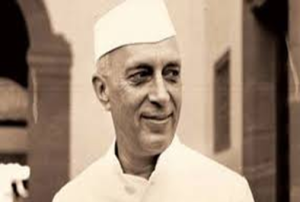
Jawaharlal Nehru (1947–1964):
As India’s first Prime Minister, Nehru was crucial in shaping the country. He was a major leader of the Indian National Congress and an important figure in the independence struggle. Nehru promoted a diversified economy and supervised the establishment of essential institutions in India. His birthday is observed as Children’s Day in India, reflecting his strong love for children, whom he saw as the nation’s future.
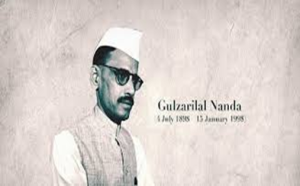
Gulzarilal Nanda (1964, 1966):
Nanda served as Acting Prime Minister twice is covered under the Prime Ministers Of India List from 1947 to 2024, once after Nehru’s death and again after Lal Bahadur Shastri’s death, to provide stability during transitional periods.
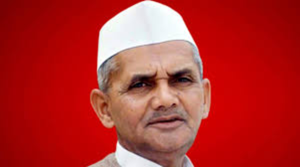
Lal Bahadur Shastri (1964-1966)
Lal Bahadur Shastri, India’s second Prime Minister from June 1964 to January 1966, is regarded for having a significant impact on the country despite his brief tenure.
During his tenure as Prime Minister, Shastri faced major national difficulties such as food shortages and a security concern from Pakistan. His leadership during the 1965 Indo-Pakistan War defined his term.
He is likely most famous for his phrase “Jai Jawan Jai Kisan” (“Hail the soldier, Hail the farmer”), which reflected his government’s dedication to enhancing both military and farmers, which are essential to the nation’s security and agricultural productivity, respectively.
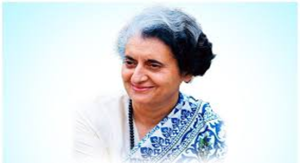
Indira Gandhi
India’s first and only female Prime Minister is covered under the Prime Ministers of India List from 1947 to 2024, served two terms, from 1966 to 1977 and again from 1980 till her death in 1984. She was a key player in Indian politics, noted for her forceful and frequently controversial leadership style. Indira was born on November 19, 1917, in Allahabad, the daughter of India’s first Prime Minister, Jawaharlal Nehru.
Indira Gandhi was murdered in 1984 by her Sikh bodyguards as a result of her decision to order the takeover of the Harmandir Sahib (Golden Temple) in Amritsar to counter the Sikh separatist movement, which had a major impact for national unity and security.
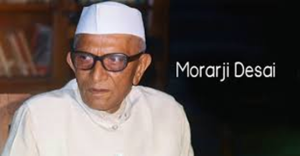
Moraji Desai (1977-1979)
Morarji Desai was an iconic figure in Indian politics, also mentioned it the Prime Ministers of India list from 1947 to 2024 known for his rigid devotion to moral and administrative values. Prior to becoming Prime Minister, Desai served as Chief Minister of Bombay State, Union Finance Minister, and Deputy Prime Minister. He served as India’s Prime Minister from 1977 to 1979, leading a government created by the Janata Party, an alliance of parties opposed to Indira Gandhi’s emergency. Throughout his tenure, he worked to restore civil freedoms and democratic standards that had been limited under the Emergency.
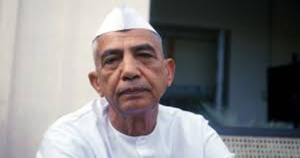
Charan Singh (1979-1980)
Charan Singh’s period as Prime Minister of India from July 1979 to January 1980 was brief but filled with political turmoil. His government, which had been initially supported by Indira Gandhi’s Congress party, collapsed once its support was removed, forming national elections. Despite his brief tenure and hardships, Singh remained committed to rural concerns, especially farmers’ economic and social well-being. His ideas on agricultural reform and land distribution left an indelible mark on India’s agricultural environment.
He was considered as a dedicated leader who understood the challenges that farmers faced and fought tirelessly to address them.
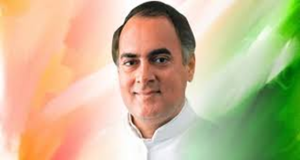
Rajiv Gandhi
Rajiv Gandhi was born on August 20, 1944, in Bombay, India, and served as India’s sixth Prime Minister from 1984 until 1989. The sad murdering of his mother, Prime Minister Indira Gandhi, in 1984 drove him into politics, pushing him to become the Congress Party’s leader and, later, Prime Minister. Before entering politics, Rajiv worked as a professional pilot for Indian Airlines. As Prime Minister, Rajiv Gandhi was renowned for his dynamic and modernizing leadership, with the goal of leading India into the twenty-first century by supporting science and technology and cutting bureaucratic red tape. His administration was notable for significant attempts to open up the economy and enhance relations with the United States and other Western nations.

Vishwanath Pratap Singh (1989-1990)
Vishwanath Pratap Singh, India’s Prime Minister from 1989 to 1990, was a major figure in Indian politics, well known for his efforts to improve the nation’s social fabric through affirmative action legislation. As Finance Minister, he established a reputation for strict actions against tax evasion and corruption, particularly spearheading raids on wealthy business houses, earning him the title of anti-corruption warrior.
His tenure as Prime Minister was highlighted by his decision to adopt the Mandal Commission’s recommendations, which recommended reservations for Other Backward Classes (OBCs) in government employment and educational institutions, resulting in intense discussion and protests across the country.
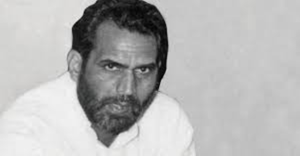
Chandra Shekhar (1990-1991)
Chandra Shekhar Singh, commonly known as Chandra Shekhar, was an Indian politician who served as Prime Minister of India from November 1990 to June 1991. He was born on July 1, 1927, in a tiny village in Uttar Pradesh’s Ballia area. He was a major leader in the Indian National Congress before creating the Samajwadi Janata Party (Rashtriya). Following V.P. Singh’s resignation, Chandra Shekhar formed a minority administration with the support of the Congress. His stint as Prime Minister was marked by political instability and economic hardships, and his cabinet lasted barely eight months. Despite his brief premiership, he was noted for his uncompromising stance on a variety of problems, as well as his dedication to socialist ideals. Following his time, he stayed involved in politics until his death on July 8, 2007.

P.V. Narasimha Rao (1991-1996)
P. V. Narasimha Rao was a prominent Indian politician and scholar who served as Prime Minister of India from June 1991 until May 1996. Rao was born on June 28, 1921, in Warangal, Andhra Pradesh (now Telangana). He was a member of the Indian National Congress and took power at an important juncture in India’s economic history. His term is best known for groundbreaking liberal economic reforms that opened up the Indian economy to global markets, which contributed to easing decades of budgetary difficulties and stagnation. Rao’s administration carried out substantial reforms including as deregulating industries, lowering import tariffs, and privatizing state-owned firms. Aside from economic reforms, Rao was well-known for his political abilities, particularly in managing India’s foreign relations with strategic accuracy during periods of instability.

Atal Bihari Vajpayee
Atal Bihari Vajpayee was a popular Indian politician who served as Prime Minister of India for three terms: first for a brief 13-day time in 1996, and then from 1998 to 2004. Vajpayee was born on December 25, 1924, in Gwalior, Madhya Pradesh. He was a co-founder of the Bharatiya Janata Party (BJP), which he helped bring to national prominence. Vajpayee, known for his excellent speech and moderate politics, played a key role in formulating India’s more muscular foreign policy. During his tenure, key events occurred, including the 1998 nuclear tests at Pokhran, which established India as a nuclear state and indicated a dramatic shift in India’s geopolitical direction. He also started a historic bus service between India and Pakistan to develop improved relations and peace discussions with the neighboring country.
Domestically, his government advocated for large infrastructure projects including;
The National Highway Development Project and the Pradhan Mantri Gram Sadak Yojana. Vajpayee’s leadership style and vision were acknowledged on a national and worldwide scale, and he was respected across all parties.
He received India’s highest civilian merit, the Bharat Ratna, in 2015. Vajpayee died on August 16, 2018, leaving a legacy of significant political and economic success.

H. D. Deve Gowda (1996-1997)
H. D. Deve Gowda served as India’s Prime Minister from June 1996 to April 1997. Gowda was born on May 18, 1933, in Haradanahalli, Karnataka. He began his political career in state politics before ascending to national prominence. Originally a prominent Janata Dal politician, he was most known for his strong ties to the agricultural community, which earned him the nickname “Mannina Maga” (son of the land). His rise to the prime ministership was somewhat unexpected, and it resulted from the broken decision in the 1996 general elections, which forced him to lead the coalition government known as the United Front, which was supported from the outside by several regional parties and the Congress in order to avoid political instability.

Inder Kumar Gujral (1997-1998)
Inder Kumar Gujral was an Indian politician who served as Prime Minister of India from April 1997 till March 1998. Gujral was born on December 4, 1919, in Jhelum, British India (now Pakistan). He served as Prime Minister during an era of coalition politics and was known for his diplomatic and soft-spoken personality. Gujral is most known for his “Gujral Doctrine” in foreign policy, which emphasised the significance of India’s connections with its neighbors. This theory supported non-reciprocal concessions to India’s smaller neighbors, with the goal of strengthening regional ties and amicably resolving long-standing issues. He died on November 30, 2012, leaving a legacy of diplomacy and harmony for the region.

Manmohan Singh (2004-2014)
Manmohan Singh was Prime Minister of India from 2004 to 2014, one of the longest tenures after Jawaharlal Nehru and Indira Gandhi. Singh was born on September 26, 1932, in Gah, Punjab (now in Pakistan). He is an economist by profession and served as Finance Minister in the early 1990s, when he implemented wide liberal economic reforms that opened India to global markets. During his tenure as Prime Minister, he promoted economic liberalization and developed India’s infrastructure through a variety of creative schemes.
Singh’s leadership style was frequently described as modest and inclusive, emphasizing compromise over confrontation. His logical nature and technical attitude enabled India navigate numerous global economic crises with little damage. Despite allegations of policy gridlock and governance concerns near the conclusion of his tenure, Manmohan Singh is admired for his devotion to duty, integrity, and enormous contributions to India’s economic change. He left office in 2014, leaving behind a mixed legacy of achievements overshadowed by governance issues.
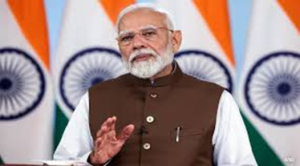
Narendra Modi (2014-Present)
Narendra Modi became Prime Minister of India in May 2014. Modi was born on September 17, 1950, in Vadnagar, Gujarat, and is a member of both the Bharatiya Janata Party (BJP) and the Rashtriya Swayamsevak Sangh (RSS), a Hindu nationalist volunteer organization. Before becoming Prime Minister, he was Gujarat’s Chief Minister from 2001 until 2014.
Modi’s tenure as Prime Minister has been defined by major policy measures aimed at improving and upgrading India’s economy and infrastructure. Key initiatives include the “Make in India” campaign, which aims to transform India into a global manufacturing hub, the Goods and Services Tax (GST), which would integrate the country’s complicated tax system, and the “Digital India” project, which will improve internet infrastructure and digital services. Another important decision was the demonetization of high-value currency notes in 2016, which was intended to combat black money and corruption but elicited varied views about its economic impact.
In foreign policy, Modi has taken an active position, improving ties with both Western and Asian neighbors, emphasizing a strong anti-terrorist stance, and engaging in international climate discussions, especially the International Solar Alliance program.
Modi’s administration has been commended for its vision, but also criticized for its narrowing of power and handling of social concerns, notably those involving religious minorities. His governance style, which is characterized by a strong personal brand and heavy use of social media, has changed India’s political environment, consolidating major support for the BJP and affecting typical Indian political dynamics.
Read More: List of Presidents of India : Some Important points
Certainly! Here are some Facts about the Prime Ministers of India List from 1947 to 2024:
- Jawaharlal Nehru is India’s first Prime Minister and the author of “The Discovery of India.”
- Lal Bahadur Shastri: Created the popular slogan “Jai Jawan Jai Kisan.”
- Indira Gandhi: India’s first and only female prime minister; initiated the country’s first nuclear test.
- Rajiv Gandhi: At the age of 40, he became India’s youngest Prime Minister and spearheaded the IT and telecom revolution.
- P. V. Narasimha Rao is regarded as the “Father of Indian Economic Reforms.”
- Atal Bihari Vajpayee: The first non-Congress Prime Minister to serve a full term; also a published poet.
- H. D. Deve Gowda: Before becoming Prime Minister, he was well-known for his contributions to Karnataka’s public works.
- I. K. Gujra: Recognized for the “Gujral Doctrine” in Indian foreign policy.
- Manmohan Singh was the architect of 1990s economic liberalization.
- Narendra Modi: Launched the Digital India program and served as Gujarat’s Chief Minister from 2001 to 2014.

